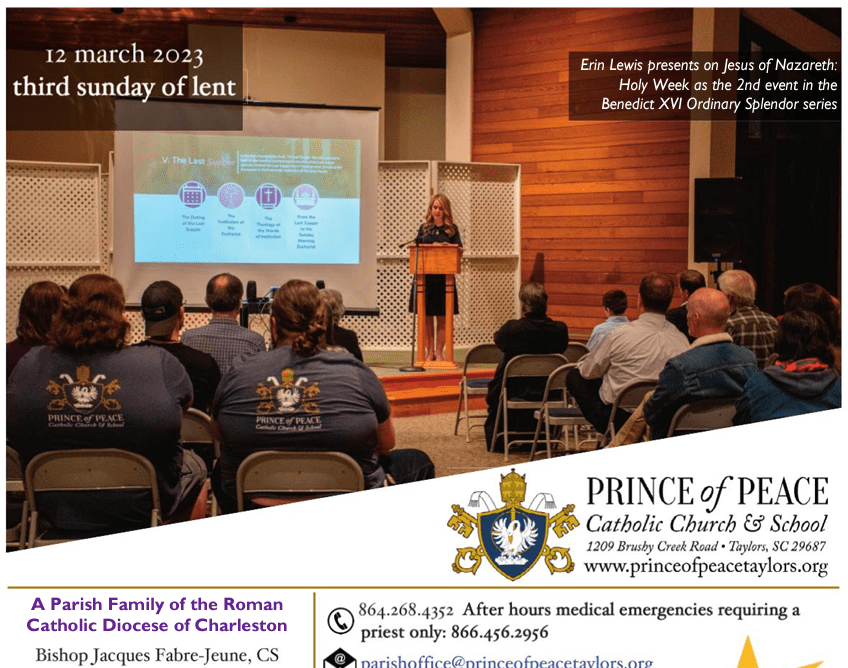
12 March 2023 Bulletin
Click to read this weekend’s bulletin: 12 March 2023 Bulletin

Click to read this weekend’s bulletin: 12 March 2023 Bulletin
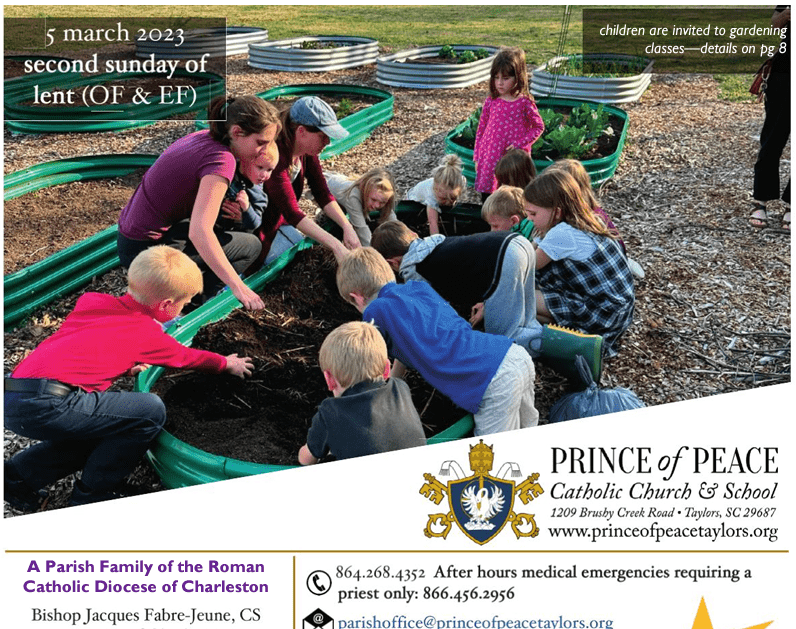
Click to read this week’s bulletin: 5 March 2023 Bulletin
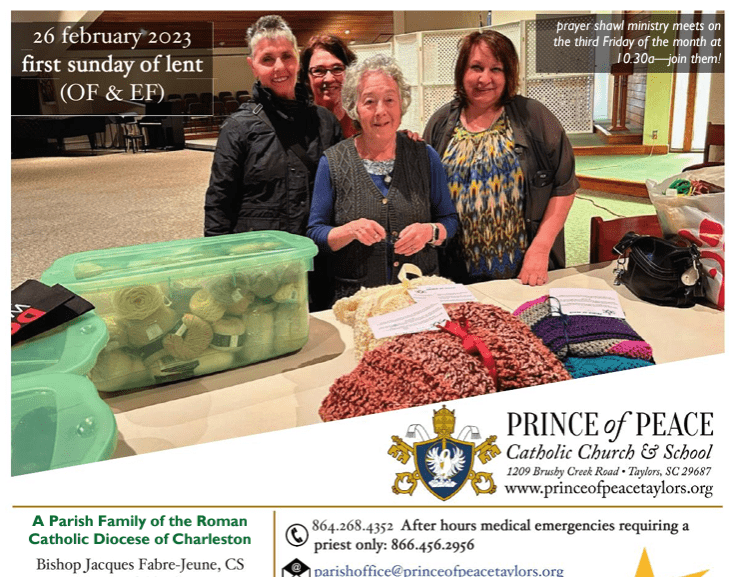
Click to read this week’s bulletin: 26 February 2023 Bulletin
**please note that Ordinary Splendor begins at 6.30p, not 7p as noted on the bulletin calendar
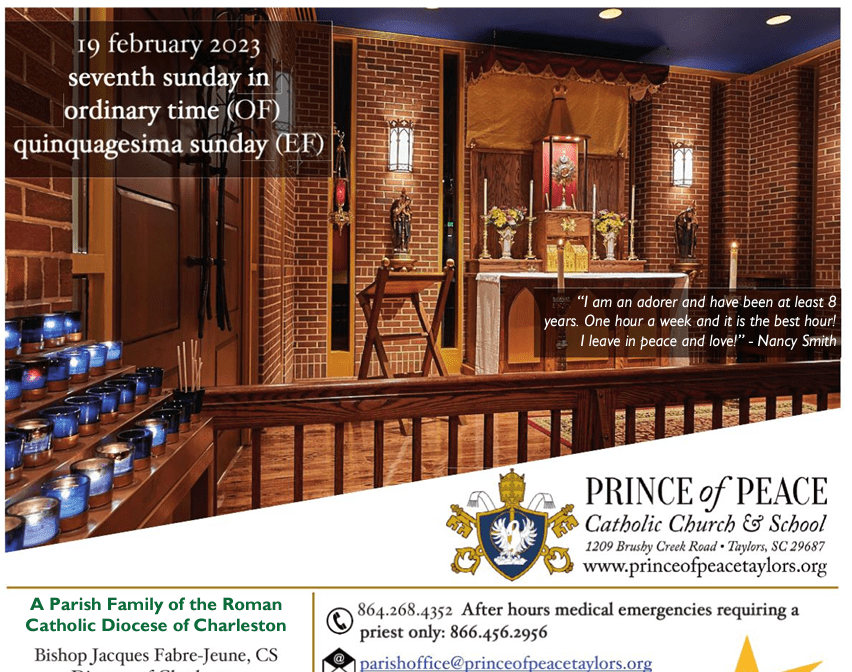
Click to read this week’s bulletin: 19 February 2023 Bulletin
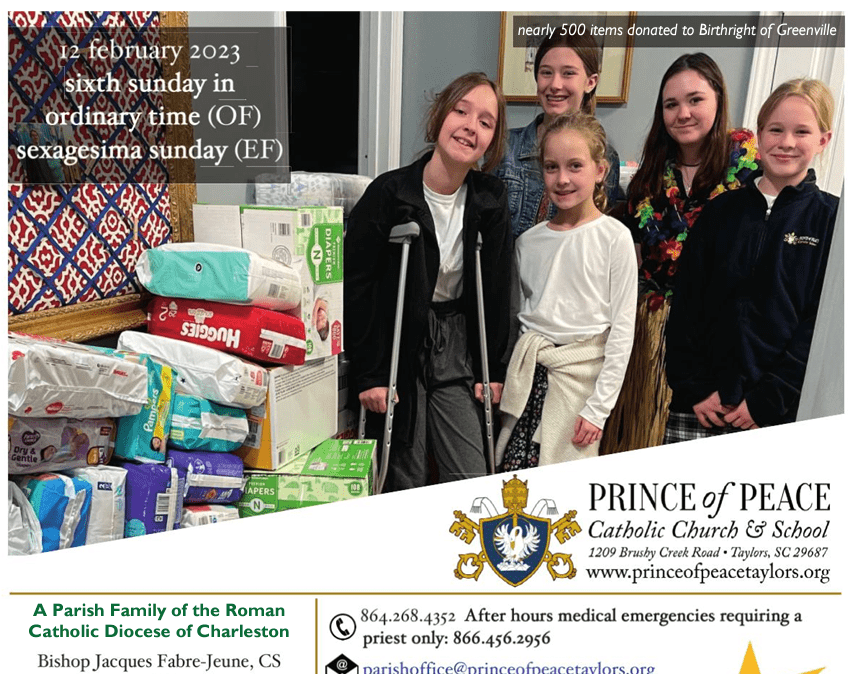
Click to read this week’s bulletin: 12 February 2023 Bulletin
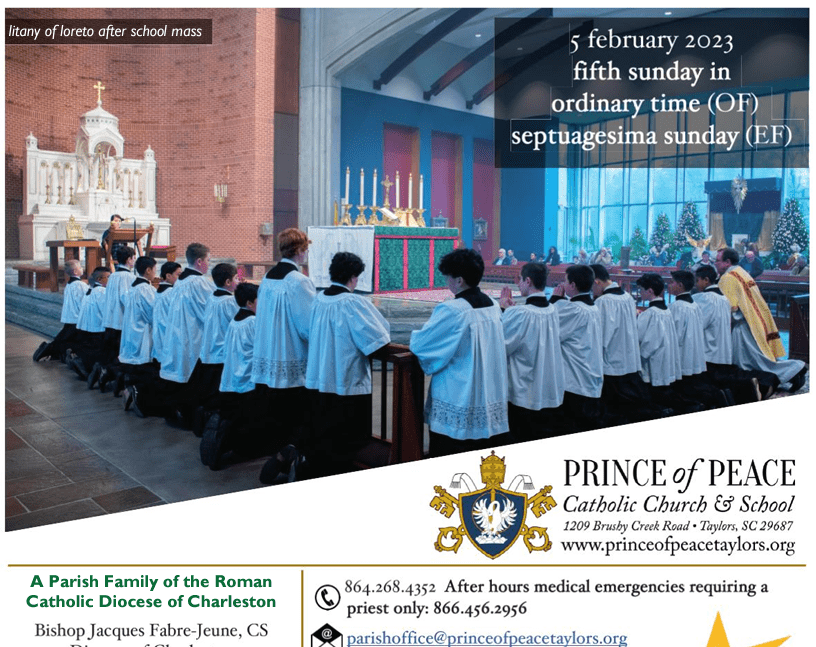
Click to read this week’s bulletin: 5 February 2023 Bulletin
Recent Comments